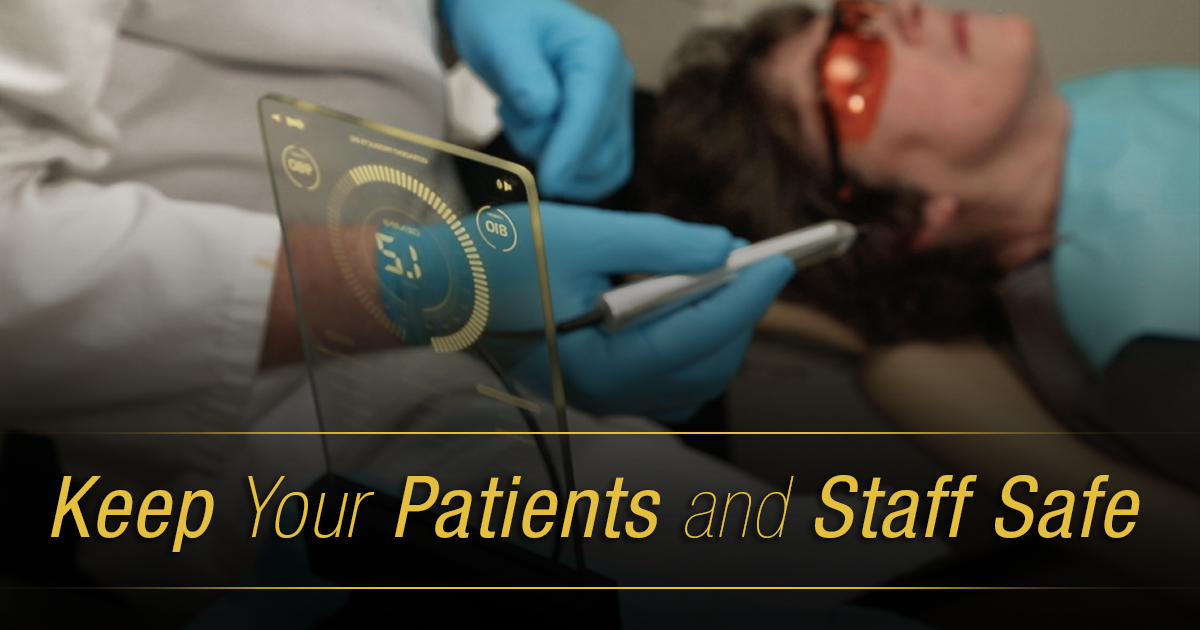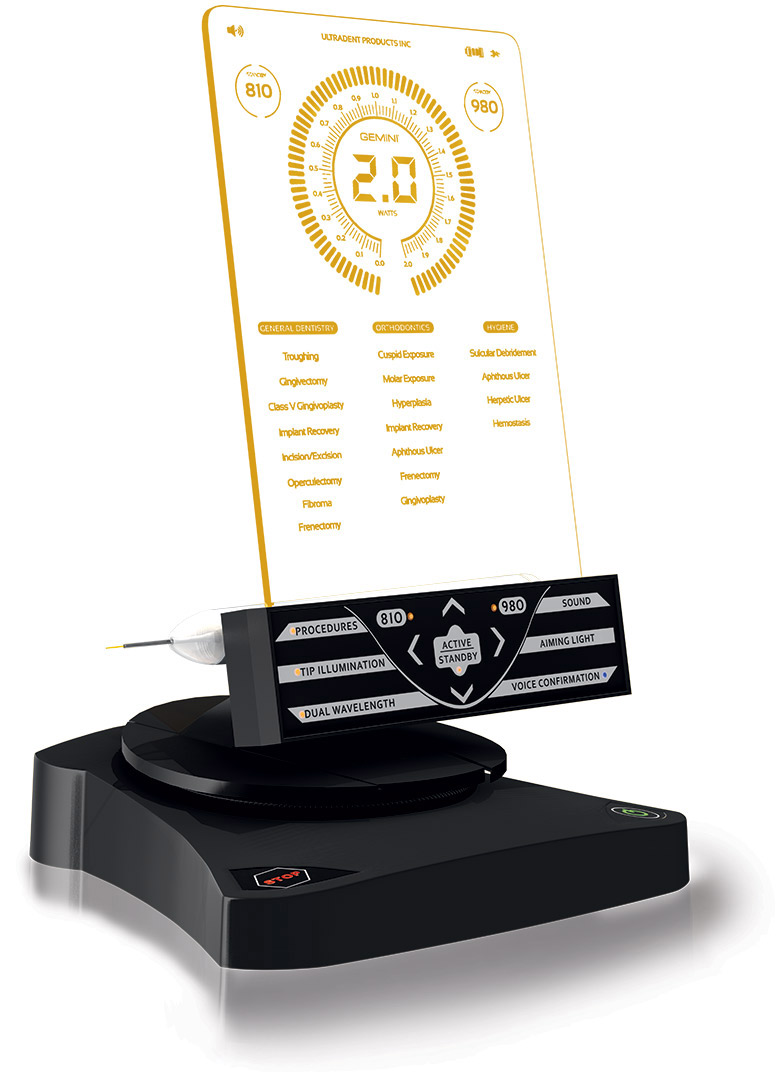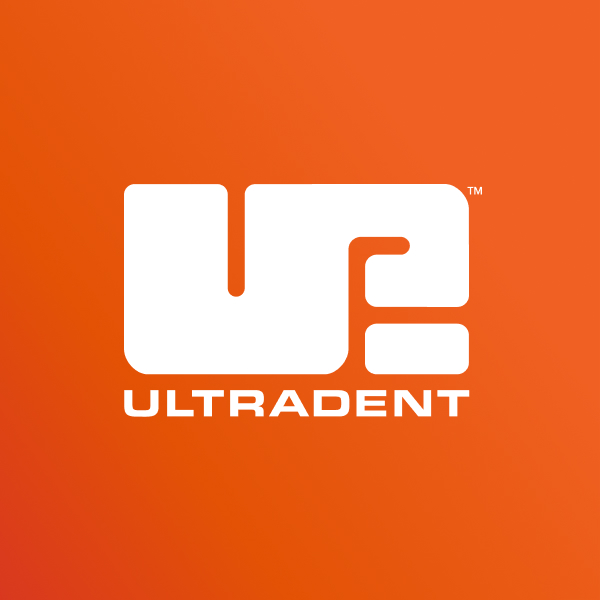With the popularity of laser dentistry increasing by the day, it’s fundamental that clinicians and their teams educate themselves on laser safety—to the benefit of themselves and their patients.
Here are a few tips, as outlined by the American National Standards Institute (ANSI) and the Laser Institute of America for keeping your patients and staff safe while enjoying the wonderful advantages dental lasers bring to your office.
Lasers used in in the dental office for bacterial decontamination or ablation techniques, like the Gemini laser, are considered Class Four lasers by ANSI ZI36 standards. Per their guidelines, each office needs to appoint a Laser Safety Officer (LSO) upon receiving their laser. Your practice’s LSO does not have to be a clinician. It can be an office manager, a back office assistant, or any other staff member willing to take on the responsibilities of educating the team about laser safety and making sure that safety standards are enforced. The LSO has the authority to monitor and control the hazards that come with owning and operating a laser within a dental practice.
Some of LSO’s responsibilities include:
For more detailed information on how to ensure that you are using your laser safely, please consult the following resources:
Here are a few tips, as outlined by the American National Standards Institute (ANSI) and the Laser Institute of America for keeping your patients and staff safe while enjoying the wonderful advantages dental lasers bring to your office.
Lasers used in in the dental office for bacterial decontamination or ablation techniques, like the Gemini laser, are considered Class Four lasers by ANSI ZI36 standards. Per their guidelines, each office needs to appoint a Laser Safety Officer (LSO) upon receiving their laser. Your practice’s LSO does not have to be a clinician. It can be an office manager, a back office assistant, or any other staff member willing to take on the responsibilities of educating the team about laser safety and making sure that safety standards are enforced. The LSO has the authority to monitor and control the hazards that come with owning and operating a laser within a dental practice.
Some of LSO’s responsibilities include:
- Knowing where the emergency stop buttons are located
- Becoming an expert on standard operating procedures and the characteristics of the laser
- Knowing the output limitations of the device
- Making sure the laser is properly labeled with the stickers that come with the product
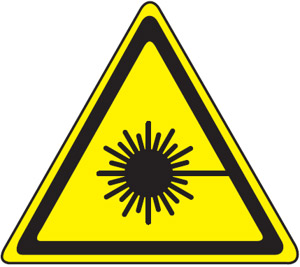
Laser hazard label - Taking charge of staff education and training in the safe use of the laser
- Establishing a Nominal Safety Zone, which is a controlled area where the laser is being fired. This will essentially be the entire operatory when the laser is in use
- Keeping a maintenance log to ensure the beam is working correctly, and if there is a problem, checking with the laser manufacturer to get it remedied immediately
- Touching base with the laser manufacturer once every one to two years to make sure that calibration is up to par and that everything is working correctly
- Posting the warning signs which come with the laser in the appropriate areas as outlined in the laser safety manual
- Ensuring everyone is wearing personal protective eyewear
- Reporting any safety incidents
- Educating the staff on any biological hazards associated with the use of the laser
(i.e. ensuring no alcohol or other combustibles are present during laser operation)
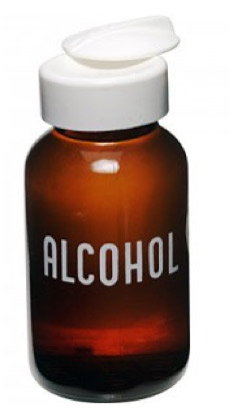
Alcohol and other combustibles must be kept away from the laser at all times.
For more detailed information on how to ensure that you are using your laser safely, please consult the following resources:
- American National Standards Institute
- Laser Institute of America www.lia.org
- Academy of Laser Dentistry - Laser Safety


